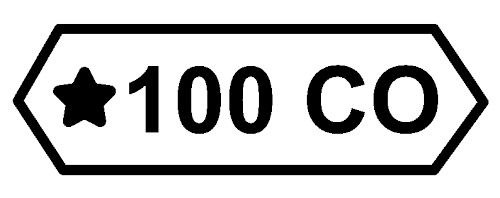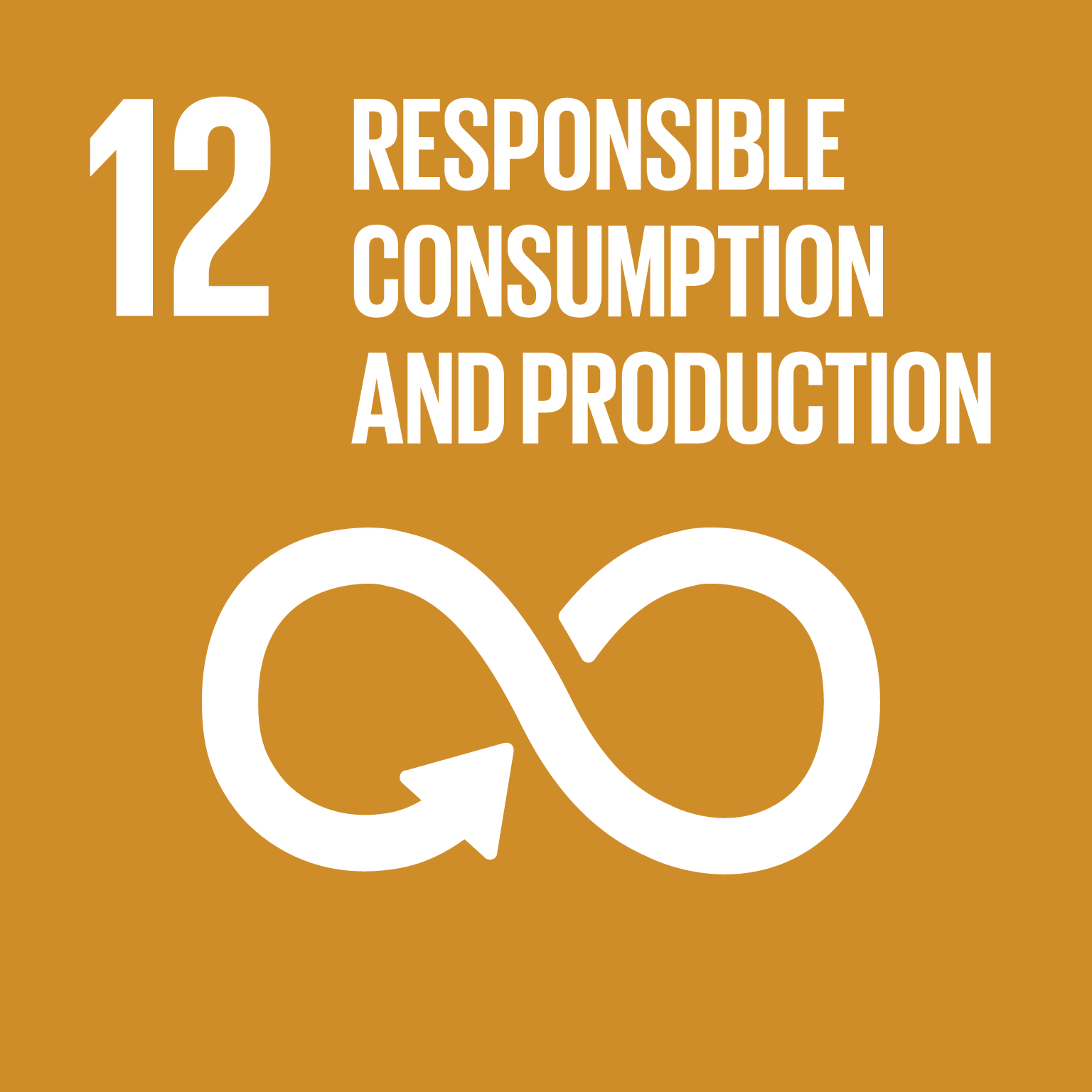The Silver
Characteristics, sustainability and care
Pure silver is the whitest and brightest of metals and has fascinated mankind since antiquity with its characteristics of luster, ductility and preciousness.
The history of silver work is lost in ancient times.
Used for minting coins and effigies, for forging weapons and making objects of use and ornament, this metal has accompanied human history for millennia.
The earliest silver objects date back more than 6,000 years and have been found in Anatolia and Persia.
We find silver in the treasures of the Pharaohs of ancient Egypt; the Etruscans became masters of its workmanship.
Greek and Roman silvers are displayed in major museums around the world.
Innumerable peoples and epochs have imprinted their own styles, stories and depictions in the objects created by silversmiths: from Romanesque Carolingian objects, then Gothic to the Renaissance with the blossoming of the art of precious metals, thanks in part to the looting of silver and gold objects from Inca, Aztec and Mayan treasures.
Precious silverware also came from the Middle East and Asia, each civilization imprinting its own history on this metal.
From the 16th century onward, styles were born in Europe that can still be recognized today in silverware and other figurative arts: Baroque, Rococo, Neoclassical, Directoire, Empire, all the way to the 20th century with Art Nouveau and Art Deco.
Today, silverware gives way to harmonious and clean modern forms.

The symbol associated with silver is the crescent moon. Of it it shares the luster and that shade of white that a discerning eye clearly identifies: a warm and enveloping white, pure and exciting. Silver mirrors, reflects and illuminates its surroundings; like the moon reflecting the sun’s rays, silver is an elegant and composed source of light and energy that gives vibrancy in a refined way.
Alloys and marks
Precious metals in their pure form are too soft to be worked, so other metal elements are added to form “alloys” that improve mechanical and processing properties for the production of silverware, smallware and jewelry. The most widely used alloy or “title” currently used for silver is 925‰, meaning that 925 parts out of a thousand are silver and the remaining 75 are copper.
Until a few decades ago, the 800‰ title was also common.
Normally it is impossible to judge or ascertain the proportions and percentages of precious metal from visual appearance or touch alone.
This is one reason why it is a legal requirement to mark all precious metal objects.
Marking provides an infallible guarantee for manufacturers, importers, re-sellers and, of course, end customers.
There are two main types of marking that must be present, both, on every precious metal item:
The fineness mark
It identifies the precious metal contained in the object expressed in parts in thousands.
It is formed by a number included in a shape: an oval for silver, a rhombus or elongated hexagon for gold.
The titles allowed for processing in Italy are: for silver 925 and 800, for gold 750 (Presidential Decree No. 150 of May 30, 2002).
925‰ silver, which is also referred to as “Sterling,” is currently the most popular, although there are other titles (e.g., 916‰ and 875‰ in Russia, or 800‰ in Germany).
Silver 999‰ is used only for ingots since it is impossible to create an object at that degree of purity.
We urge careful attention to engravings or marks bearing “1000” or “silver 1000,” in addition to not being recognized marks they are almost certain indications of a metal object (iron, copper or other) covered with a very thin silver film.

The maker’s mark
Identifies the manufacturer of the item. For Italy, it consists of a hexagonal shape containing, from the left, a star, a three-digit number, and two letters. The two letters identify the province, which, together with the number, create a unique identifier of the producer.

Guanziroli’s maker mark
The marks are traditionally applied by hand and are stamped into the metal with a steel punch, giving a deep, sunken impression.
They are issued by concession from the government authority in charge (the Chamber of Commerce for Italy).
In England there are also the hallmark of the control office and the two optional marks of the title symbol and date letter.
Checking that there are the two title and identification marks, which comply with the laws, is essential to ensure the authenticity of the item.
Silver: a tangible and timeless value
Silver, along with gold, has always played a prominent role in human economic history.
This precious metal has been used as a store of value, in the form of coins and artifacts, from ancient times to the present day.
Ancient civilizations, from the Romans to the Egyptians, recognized its intrinsic value and used it as the basis for their economic systems.
Unlike other resources subject to volatility or devaluation, silver has maintained stable relevance over the millennia, making it a commodity with tangible, long-term value.
The value of silver has evolved over time, but it has always been a safe form of protection against economic crises.
This makes it a safe haven asset, that is, a resource that tends to maintain or increase in value during periods of economic or political instability.
In times of inflation, currency devaluation, or financial crises, investors seek refuge in precious metals such as silver or gold, which is considered a solid and safe alternative to more volatile assets.
Silver also has applications in numerous industries-from electronics to medicine to renewable energy.
Its versatility makes it indispensable in various production processes, which keeps demand high even in times of technological change.
This gives silver a unique stability, as it is not solely influenced by financial factors, but also by industrial needs.
From an investment perspective, silver has some significant advantages.
Its price is generally more affordable than gold, making it an easier gateway for small investors.
In addition, its nature as a “safe haven asset” makes it a strategic choice for those seeking to protect themselves from financial market fluctuations.
Despite short-term volatility, in the long run silver has proven to be a reliable store of value, especially in times of global crises.
In conclusion, buying or gifting a silver object means receiving not only an emotional or design value of elegance and beauty, but also a tangible and monetizable value, now and for the future: an artifact made of silver or other precious metal will always retain an intrinsic value related to the metal of which it is composed.
The health benefits of silver
In addition to its great economic value, silver also has remarkable beneficial properties for human health, some of which have been known since ancient times.
For thousands of years, in fact, this metal has been used to treat infections and promote wound healing. Its antibacterial, antifungal and antiviral properties make it a valuable ally in the field of medicine, both traditional and modern.
Silver’s best known and most valued characteristic is its ability to act as a powerful antibacterial agent.
As early as ancient civilizations, such as the Greeks and Romans, silver was used to conserve drinking water and prevent bacterial contamination.
In the modern era, silver is used in numerous health and technological fields.
Silver dressings are commonly used to treat burns and hard-to-heal wounds because of their ability to prevent infection and accelerate tissue regeneration.
Silver is also incorporated into various medical devices and surgical instruments because its presence reduces the risk of nosocomial (hospital-acquired) infections.
In addition to strictly medical uses, silver has become a common element in products intended for personal care and daily wellness, such as antibacterial textiles based on silver ions, as well as solutions for purifying water, such as silver pitchers or glasses.
The mechanism behind the antibacterial action of silver is related to the ability of silver ions to destroy the cell membrane of bacteria, preventing their replication.
Silver, with its exceptional antibacterial properties, is confirmed as a valuable ally for human health.
Environmental Sustainability
Silver offers several sustainability advantages due to its unique properties that make it an environmentally versatile and recyclable material.
One of the main positive aspects is recyclability. Silver can be reused virtually indefinitely without losing its physical and chemical qualities, thus reducing the need for new mining and, consequently, the associated environmental impact.
Silver recycling is widely used because the metal can be recovered and remelted for new uses.
Another significant advantage is the durability of silver.
This metal is corrosion resistant and has a long service life, which means that silver products can be used for extended periods without needing frequent replacement.
This helps reduce waste and promote a more circular economy, where materials are used longer and more efficiently.
Sustainability, however, is closely linked to the production and utilization methods of each industry player.

